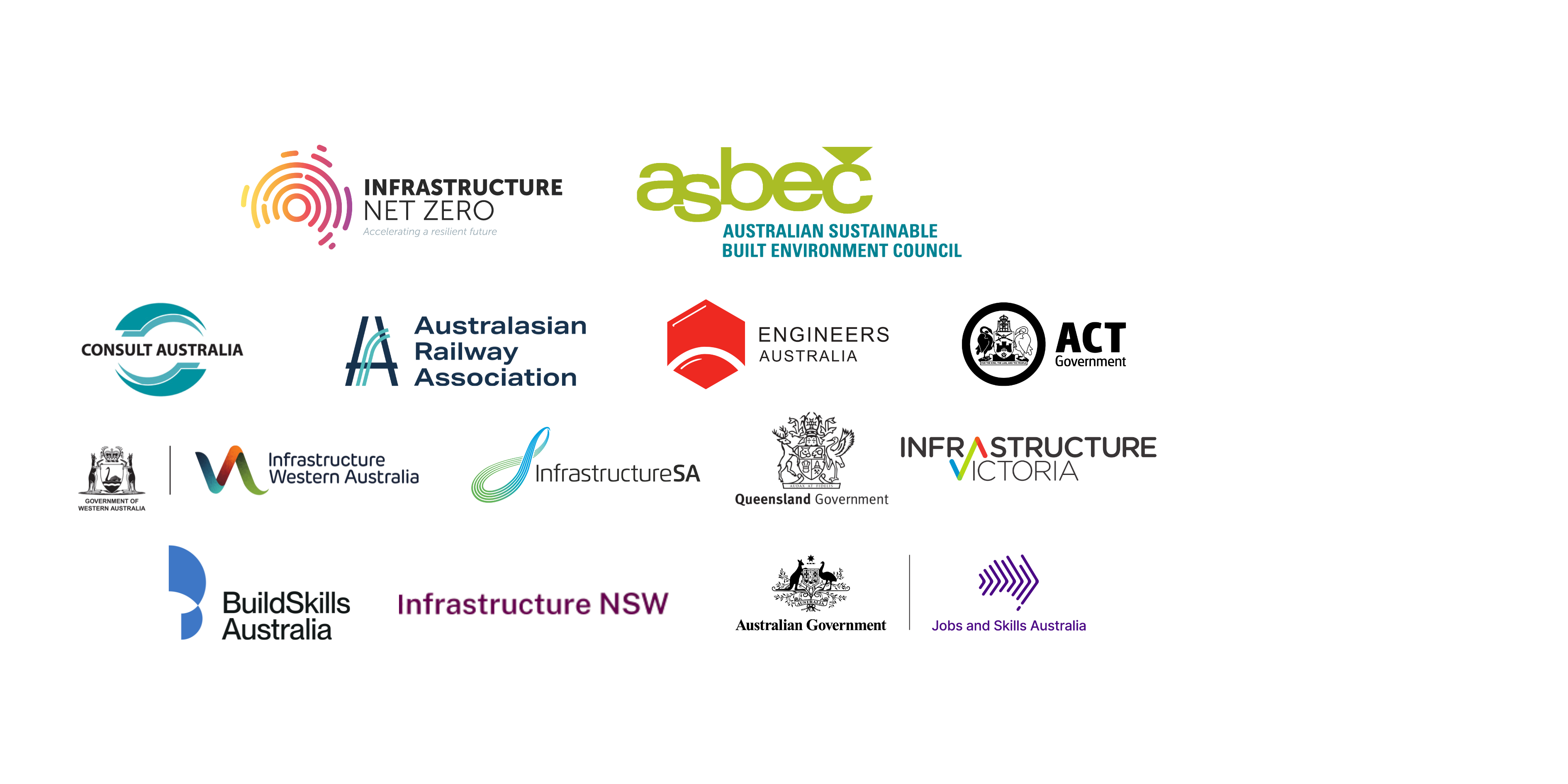Governments and industry bodies are uniting behind a new national game plan for the construction sector to overcome worker shortages that are holding Australia back from decarbonising infrastructure projects in the bid to reach net zero by 2050.
In its Delivering Net Zero Infrastructure: Workforce Report, Infrastructure Australia identifies the make-up of the Infrastructure Net Zero Workforce that can decarbonise infrastructure projects, while pinpointing four recommendations to help it upskill and grow.
Infrastructure and buildings are responsible for almost a third of Australia’s emissions and indirectly responsible for over half, meaning they will play a critical role in the country’s journey to net zero.
Infrastructure Australia CEO Adam Copp said the success of reducing these emissions will be dependent on the strength of the Infrastructure Net Zero Workforce, which currently stands at 130,000 workers across 36 occupations, including construction managers, engineers, architects, and trades.
“While this includes a little over half of the workforce currently engaged in the delivery of the nation’s major public infrastructure pipeline, more can be done to engage the rest, so we have workers right across the project lifecycle with the skills to drive the decarbonisation of infrastructure projects,” Mr Copp said.
“This report was developed to set out a plan that brings governments and industry bodies together to strengthen this workforce so it can tackle the huge task of decarbonising the nation’s infrastructure pipeline.”
Developed as part of the Infrastructure Net Zero initiative overseen by the Australian Sustainable Built Environment Council (ASBEC), the report’s key recommendation calls for governments, industry and educators to develop a new industry-wide training program to ensure there is a nationally consistent approach to decarbonising projects.
“Among many white-collar professions, which have the highest impact in reducing emissions, there is a significant opportunity to extend awareness and boost confidence on how to best decarbonise infrastructure projects,” Mr Copp said.
“Developing new training programs with a national skills standard would give these professionals, and others, the capability and confidence to tackle emissions across all projects.
“Governments and industry bodies are already rallying behind the recommendations, including the need for consistent training, as they recognise that workers need to be armed with the skills and confidence to do the job.”
Infrastructure Net Zero Chair and Chief Executive Officer of Consult Australia Jonathan Cartledge said the report is a critical step towards giving the industry the certainty it needs to invest into its workforce.
“The race to net zero infrastructure is also a race for skills. For the first time we have a clear picture of the workforce it will take, and this report sets out a pathway for industry and government to ensure we have the people to design and build that net zero future,” Mr Cartledge said.
ASBEC Chief Executive Officer Alison Scotland welcomed the release of the report as another important step for collective action between industry and government to reducing the sector’s emissions.
“Achieving Australia’s net zero ambition demands more than policy and investment; it requires a skilled workforce equipped to design and deliver net zero infrastructure at scale,” Ms Scotland said.
“This report and its recommendations serve as a compelling call to action – urging us to accelerate collective efforts to decarbonise Australia’s infrastructure now and towards 2050.”
Read the Delivering Net Zero Infrastructure: Workforce Report, here.
Infrastructure Australia would like to thank all the members of the Infrastructure Net Zero initiative—which Infrastructure Australia is also a member—for their engagement, collaboration and contributions to the development of this report and its recommendations.
